Web Development and design: Basic information and examples
Contents
Web Development and Design: An Overview
Web development and design are integral components of creating and maintaining websites on the internet. They involve the process of building, designing, and implementing web pages and web applications that cater to various purposes and audiences. Let’s explore the basic information and examples of web development and design.
1. Web Development:
Web development encompasses the technical aspects of creating functional websites and web applications. It involves coding, programming, and building the structure that enables the website to function and interact with users.
Types of Web Development:
- Front-end Development: Also known as client-side development, this focuses on the user interface and user experience (UI/UX). Front-end developers use languages like HTML, CSS, and JavaScript to create visually appealing and responsive websites.
- Back-end Development: Also known as server-side development, this deals with the website’s server and database management. Back-end developers use languages like PHP, Python, Ruby, or JavaScript (Node.js) to handle data processing and server functionality.
- Full-Stack Development: Full-stack developers are proficient in both front-end and back-end technologies, allowing them to handle all aspects of web development.
Examples of Web Development:
- Building an e-commerce website with product listings, shopping cart functionality, and secure payment processing.
- Creating a blog platform where users can write, publish, and share articles.
- Developing a social media platform with user profiles, messaging, and content sharing features.
- Building web applications for online banking, project management, or customer relationship management (CRM).
2. Web Design:
Web design focuses on the visual aesthetics and user experience of a website. It involves creating layouts, selecting colors, typography, and images to enhance the website’s appeal and usability.
Types of Web Design:
- UI Design: User Interface (UI) design involves designing the visual elements of a website or application, including buttons, icons, navigation bars, and other interactive elements.
- UX Design: User Experience (UX) design focuses on optimizing the website’s usability and overall user satisfaction. It considers factors like ease of navigation, accessibility, and user flow.
- Responsive Design: Responsive design ensures that the website adapts and looks appealing on various devices, such as desktops, tablets, and smartphones.
Examples of Web Design:
- Creating a clean and intuitive layout for an online portfolio, showcasing the artist’s work and skills.
- Designing a modern and user-friendly interface for a food delivery app, enabling customers to order food with ease.
- Developing an engaging and visually appealing website for a travel agency, featuring stunning images and easy-to-use booking features.
- Designing a responsive and mobile-friendly website for a software company, highlighting its products and services.
An example of a basic template (HTML and CSS)
This example includes a simple layout with a header containing a navigation menu, sections for “About,” “Services,” “Events,” and “Contact,” and a footer. The CSS styles the layout with a basic design, including a dark header and footer background with white text, and a clean, easy-to-read font style for the body content.
<!DOCTYPE html>
<html lang="en">
<head>
<meta charset="UTF-8">
<meta name="viewport" content="width=device-width, initial-scale=1.0">
<title>Temple Website</title>
<link rel="stylesheet" href="styles.css">
</head>
<body>
<header>
<h1><span id="Welcome_to_Our_Templet">Welcome to Our Templet</span></h1>
<nav>
<ul>
<li><a href="#about">About</a></li>
<li><a href="#services">Services</a></li>
<li><a href="#events">Events</a></li>
<li><a href="#contact">Contact</a></li>
</ul>
</nav>
</header>
<main>
<section id="about">
<h2><span id="About_Our_Temple">About Our Temple</span></h2>
<p>Lorem ipsum dolor sit amet, consectetur adipiscing elit. Nullam at nisi ac ante dictum faucibus sit
amet ac metus. Fusce ac dolor eu felis pellentesque bibendum. Nullam et sapien nec turpis finibus
dictum sit amet at massa.</p>
</section>
<section id="services">
<h2><span id="Our_Services">Our Services</span></h2>
<ul>
<li>Regular Pujas</li>
<li>Festivals Celebrations</li>
<li>Special Events</li>
<li>Community Activities</li>
</ul>
</section>
<section id="events">
<h2><span id="Upcoming_Events">Upcoming Events</span></h2>
<ul>
<li>Event 1 - Date and Time</li>
<li>Event 2 - Date and Time</li>
<li>Event 3 - Date and Time</li>
</ul>
</section>
<section id="contact">
<h2><span id="Contact_Us">Contact Us</span></h2>
<form>
<label for="name">Name:</label>
<input type="text" id="name" name="name" required>
<label for="email">Email:</label>
<input type="email" id="email" name="email" required>
<label for="message">Message:</label>
<textarea id="message" name="message" required></textarea>
<button type="submit">Submit</button>
</form>
</section>
</main>
<footer>
<p>© 2023 Temple Website. All rights reserved.</p>
</footer>
</body>
</html>
Copy this CSS codes and name it as “style.css“
body {
font-family: Arial, sans-serif;
line-height: 1.6;
margin: 0;
padding: 0;
}
header {
background-color: #333;
color: #fff;
text-align: center;
padding: 1rem 0;
}
nav ul {
list-style: none;
margin: 0;
padding: 0;
}
nav li {
display: inline-block;
margin-right: 1rem;
}
nav a {
text-decoration: none;
color: #fff;
font-weight: bold;
}
main {
padding: 2rem;
}
h1, h2 {
margin-bottom: 1rem;
}
section {
margin-bottom: 2rem;
}
footer {
background-color: #333;
color: #fff;
text-align: center;
padding: 1rem 0;
}
Conclusion:
Web development and design are essential components of website creation and optimization. While web development focuses on the technical aspects and functionality, web design enhances the visual appeal and user experience. Together, these two disciplines play a pivotal role in creating dynamic, user-friendly, and aesthetically pleasing websites that cater to a wide range of audiences and purposes on the internet.
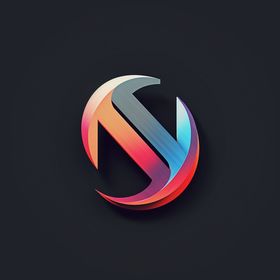
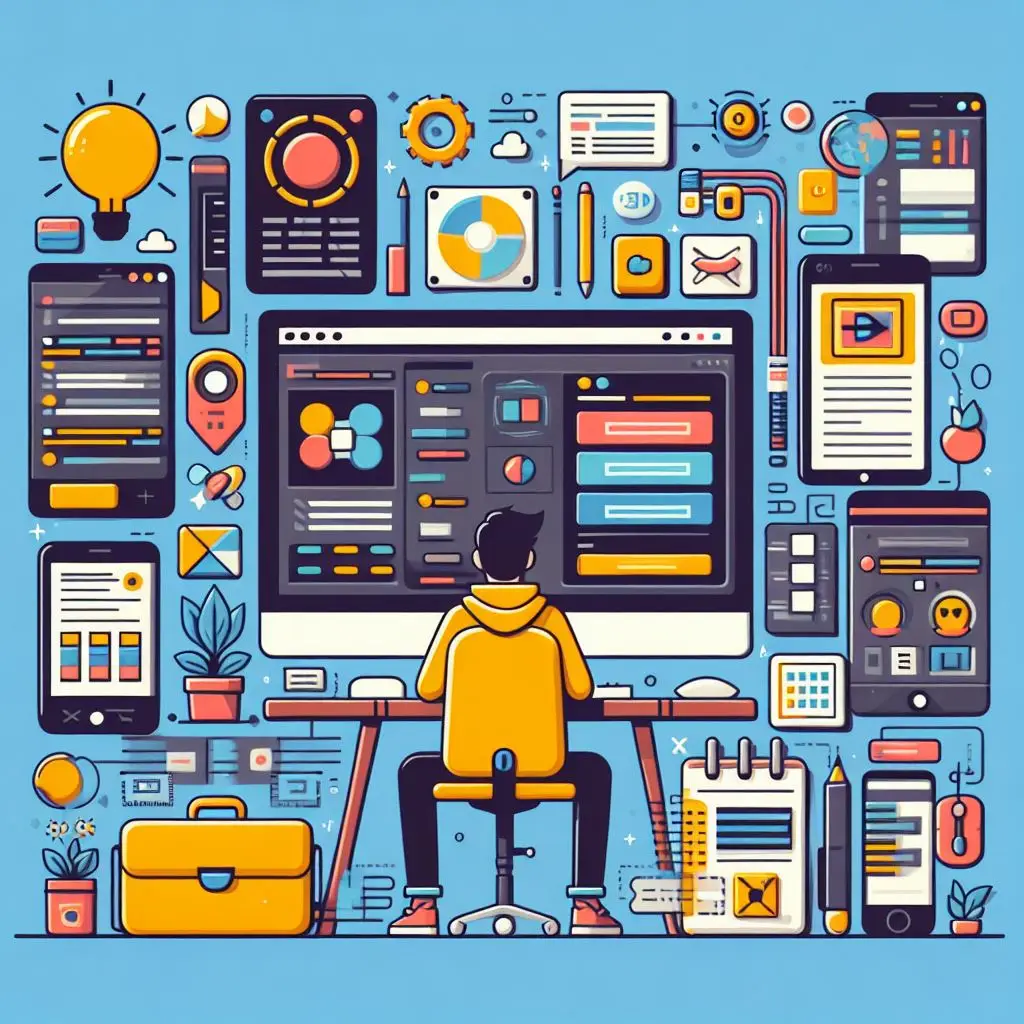

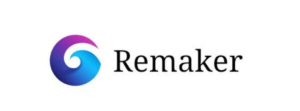
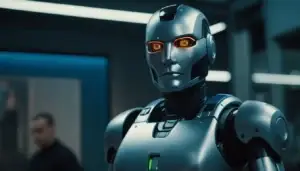




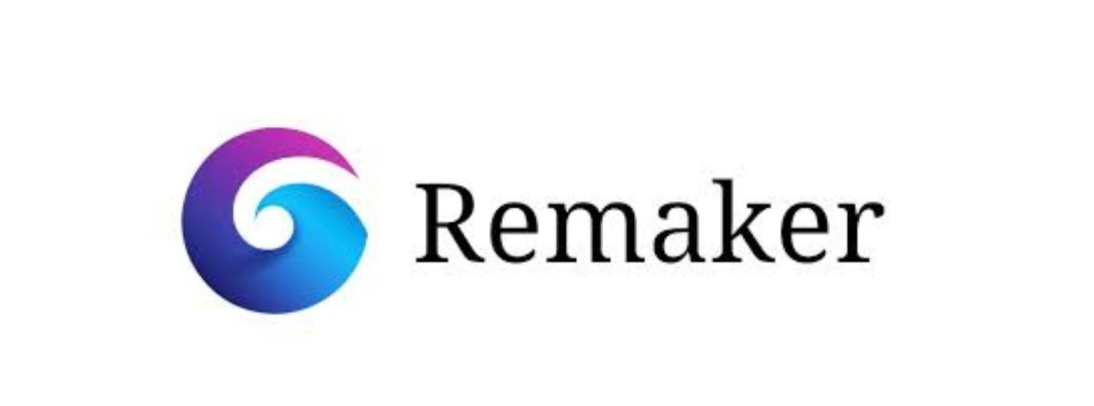
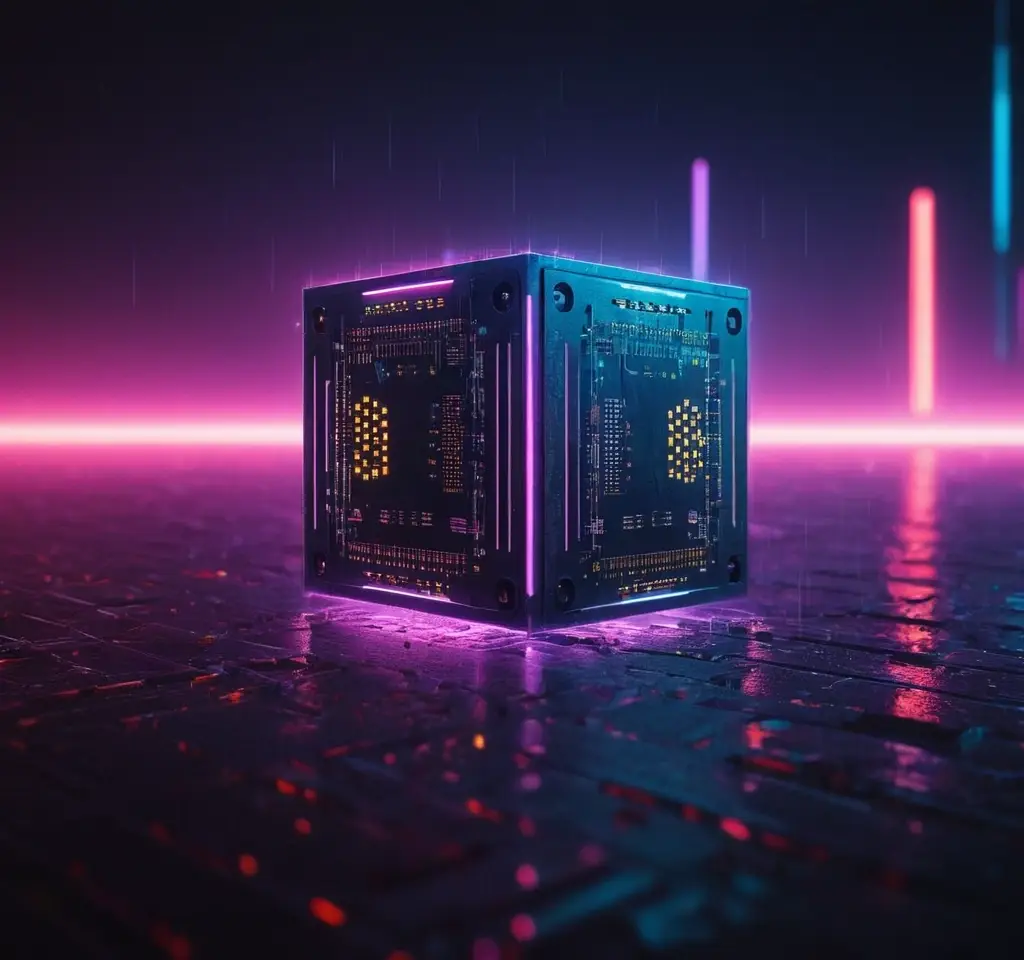
Post Comment